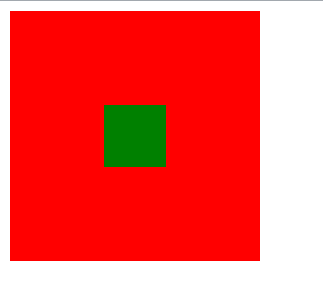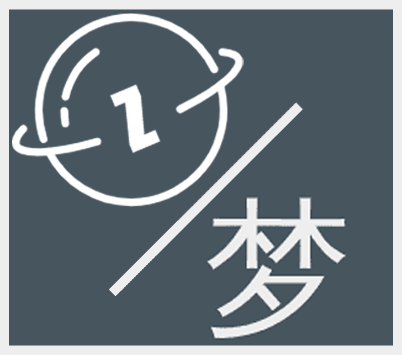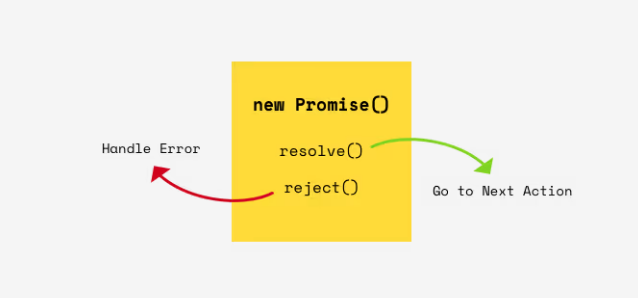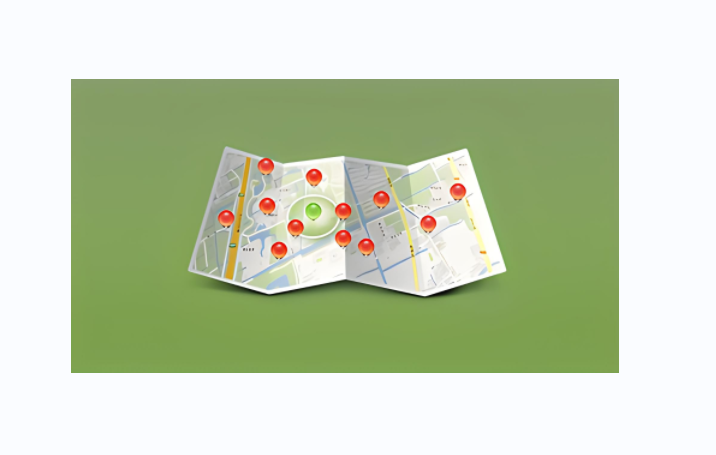前端div水平居中的几种实现方式
借助display布局
- 父元素开启
display:flex布局,并设置justify-content:center主轴的空隙分布- 因为是单行,所以使用
align-items:center设置侧轴上的对其方式
- 因为是单行,所以使用
1 | <body> |

借助flex布局
- 啊啊啊
1 | <body> |

借助绝对定位和盒子模型计算规则
- 借助这一条规则
1 | margin-left + border-left + padding-lef + width + padding-right + border-right + margin-right = 父元素内容区的宽度 |
- 文章:
1 | <body> |

借助绝对定位和transform
top、left、right、bottom设置百分比基于父元素translate的百分比参照自身
1 | <body> |

本博客所有文章除特别声明外,均采用 CC BY-NC-SA 4.0 许可协议。转载请注明来自 梦洁小站-属于你我的小天地!
评论







